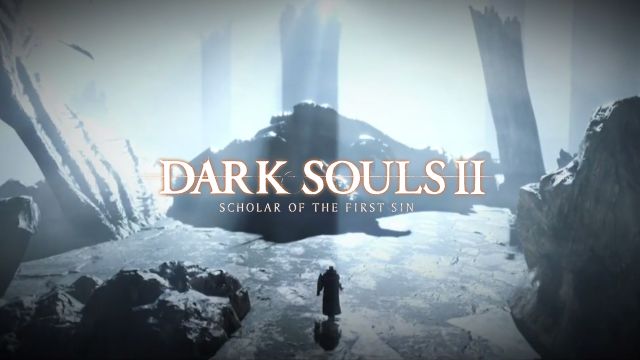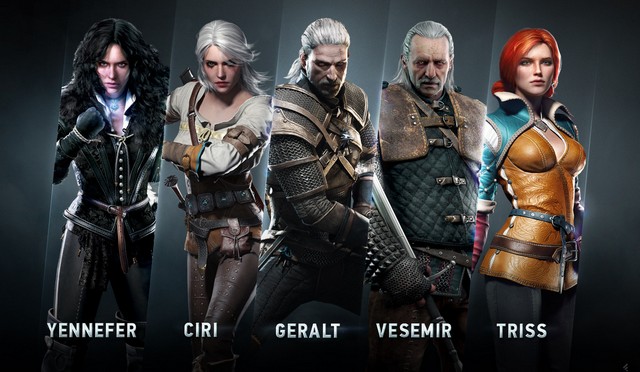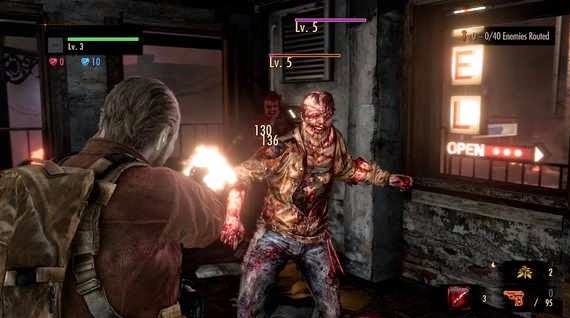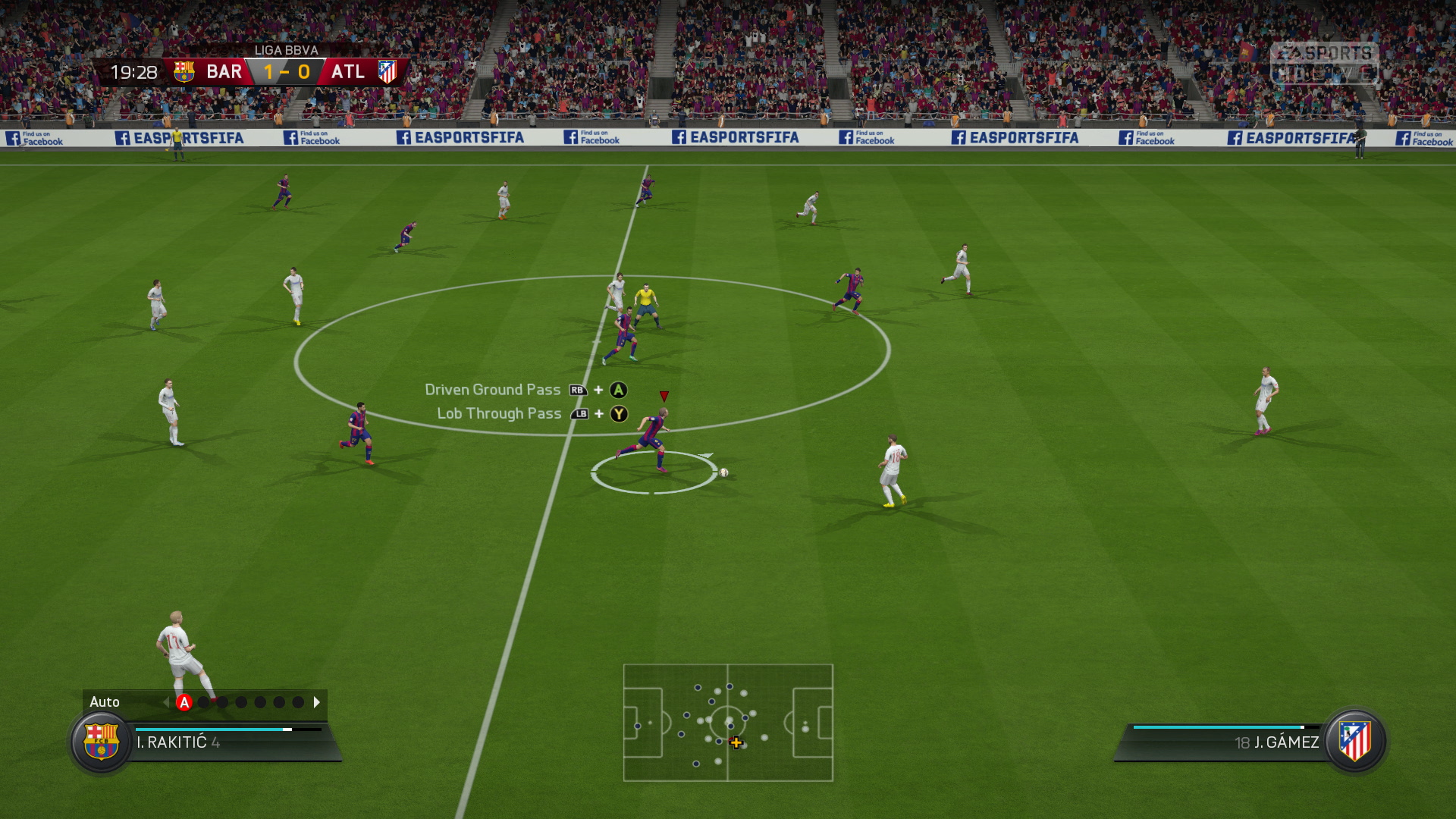

Bethesda didn’t stumble onto Dragonborn by accident; we’ve known since a slice of Morrowind was discovered in The Elder Scrolls V: Skyrim last year that the developer was reserving the neighboring Tamriel province for future DLC. Even still, a lot has changed in Skyrim since then. After two under-performing DLC offerings (Dawnguard and Hearthfire) and a myriad of PS3 development quandaries (the absence of Dawnguard and Hearthfire), the accolades the game once basqued in after its November 2011 debut seem to have lost some of their novelty — the antithesis of what post-release content is supposed to achieve.
Thankfully, Dragonborn arrives as a reversal of fortune.
Whisking players away to the ashy island of Solstheim — returning The Elder Scrolls to the province of Morrowind for the first time since 2002’s third chapter — Dragonborn’s narrative aligns us against a once-thought-to-be-dead dragon priest named Miraak. Not only is our nemesis seeking to enslave the entire population of Solsthiem through mind control upon his resurrection, he also lays claim to being the very first Dragonborn, thus stripping contemporary exclusivity over the title away from Skyrim’s Dovahkiin protagonist. Egotistical, arrogant, thirsty for power, Miraak belittles our own meager dragon slaying efforts and considers himself above all others. He initiates the storyline by sending assassins to murder us. He appears out of thin air to steal our dragon souls. He’s the consummate bad guy, and elicits an outpouring of animosity rare to the rest of the game’s foes.
But there is one red mark on Miraak’s sterling antagonist rap sheet: he’s a fairly weak boss. The final battle successfully culminates a well-crafted and compelling plot — and yet requires little intuition on behalf of the player to actually complete. Miraak’s assailments — a rotation of dragon shouts, whipping tentacles and destruction spells — though intimidating, are nothing a few potions and a sturdy set of armor cannot handle. Whenever there’s a break in his assault, victory is the all-too-simple tactic of hack-and-slash melee attacking.
Perhaps most rewardingly, though, Dragonborn is our vehicle to explore the nightmarish, Lovecraftian Oblivion plane of Apocrypha. Let’s just put it this way: Skyrim — Northern Lights, Everestian mountaintops, crackling streams and all — has seldom been more breathtaking. With its sea of wavy green lights shimmering from the canopy above; with its murky, tentacle-filled pools of acid water swishing at our feet below; and with its labyrinth of bending passageways, vortexes of enchanted spell pages, patchwork of sinewy walls and towers of books piled upon books, Bethesda has crafted an aesthetic masterpiece out of the domain of Hermaeus Mora — the cunning Daedric prince of forbidden knowledge who, himself, presides over Apocrypha as a majestically monstrous configuration. The setting doesn’t go to waste, either. Unique portions of the plane are applied to both the main quest and a full complement of side quests, with players seeking out Black Books of “forbidden knowledge” and teleporting into Apocrypha to hunt down new spells and powers.
Without question Apocrpyha is Dragonborn’s most indelible destination; it might even jade players’ enthusiasm for the rest of the topography more so than Bethesda intended. But the physical-world expanses of Solstheim — while a little on the barren side — still provide their own sense of escapism from the familiar province of Skyrim. The landscape is littered with ruins and forts and mines and outposts, keeping exploration alive and well with the help of new discoverables and adversaries. Mountains of lore are woven around the island’s culture, history and political climate. Towns and settlements are sized in accordance with The Elder Scrolls canon — modestly — but also treat players to the fascinating architecture of a mushroom city (Tel Mithryn) and the compelling plight of a decaying city (Raven Rock). While Solstheim models to about one fifth the size of Skyrim’s main map, plenty of interesting side quests and characters are afoot to establish an absorbing new standalone world.
Encountering Solstheim’s more nefarious inhabitants — ash spawns, rieklings, cultists, Apocrypha’s lurkers and seekers, individually named dragons — can trigger some exciting battle sequences, but Dragonborn’s primary imprint on Skyirm’s combat is conferred through two of its new Dragon Shouts: Dragon Aspect and Bend Will. The former is a boon for the melee-inclined, ensconcing players in a spectral set of dragon armor (which expands with each word learned) and increasing their damage and protection abilities. It can only be used once a day but has a duration of 5 minutes — more than enough time (as Miraak underwhelmingly proves) to overcome most opponents.
For Bend Will — which handily functions on enemies as a mind control shout — unlocking the final word of power enables what should have been Dragonborn’s most exciting addition: dragon riding. Unfortunately, the game fails to avail itself of the feature at nearly every step. It’s disappointing enough that “control” over Skyrim’s winged beasts is limited to point-and-press (or click) targeting and landing; supremely glitchy animation, indecisive AI, and a generally low damage output, however, lead to a combat mechanic that’s largely innocuous. And frustrating. Mercifully, dragon riding is optional save for one brief segment of the main quest, but it brings back some unflattering memories of Skyrim’s buggy beginnings and sits next to Dawnguard’s vampire lord feature as an example of ambition without fruition.
But Skyrim has always had a propensity to forgo perfection, to accept a few failures, in exchange for a world that’s otherwise so grandiosely immersive we hardly notice. Dragonborn operates on the same level. You can fast travel back to the main land at any time but you likely won’t want to. For its few rough edges, so many new additions — new characters and stories and settings, new weapons and armors and ingredients — converge into a DLC expansion that, at an average of 15-25 hours to complete every available quest, is as fresh and enjoyable as it is, well, expansive. To Skyrim fans who found the game so consuming, so magical as to lose themselves in it for the Winter just one year ago, Dragonborn sends a long-overdue message: Welcome back.
The Elder Scrolls V: Skyrim: Dragonborn is now available for download on the Xbox 360 for 1600 Microsoft points. PlayStation 3 and PC releases have been confirmed for early 2013.
–
Follow Brian on Twitter @Brian_Sipple.




 The Road to Gaming Hell is Paved With Good Intentions
The Road to Gaming Hell is Paved With Good Intentions Three Things at E3 that Need to Stop, Part 2: Quit Starving Your Journalists
Three Things at E3 that Need to Stop, Part 2: Quit Starving Your Journalists Call of Duty: World at War Guide
Call of Duty: World at War Guide How to Beat The Living Failures in Bloodborne: The Old Hunters
How to Beat The Living Failures in Bloodborne: The Old Hunters FIFA 16 - Best Dribbling technique in the game tutorial
FIFA 16 - Best Dribbling technique in the game tutorial